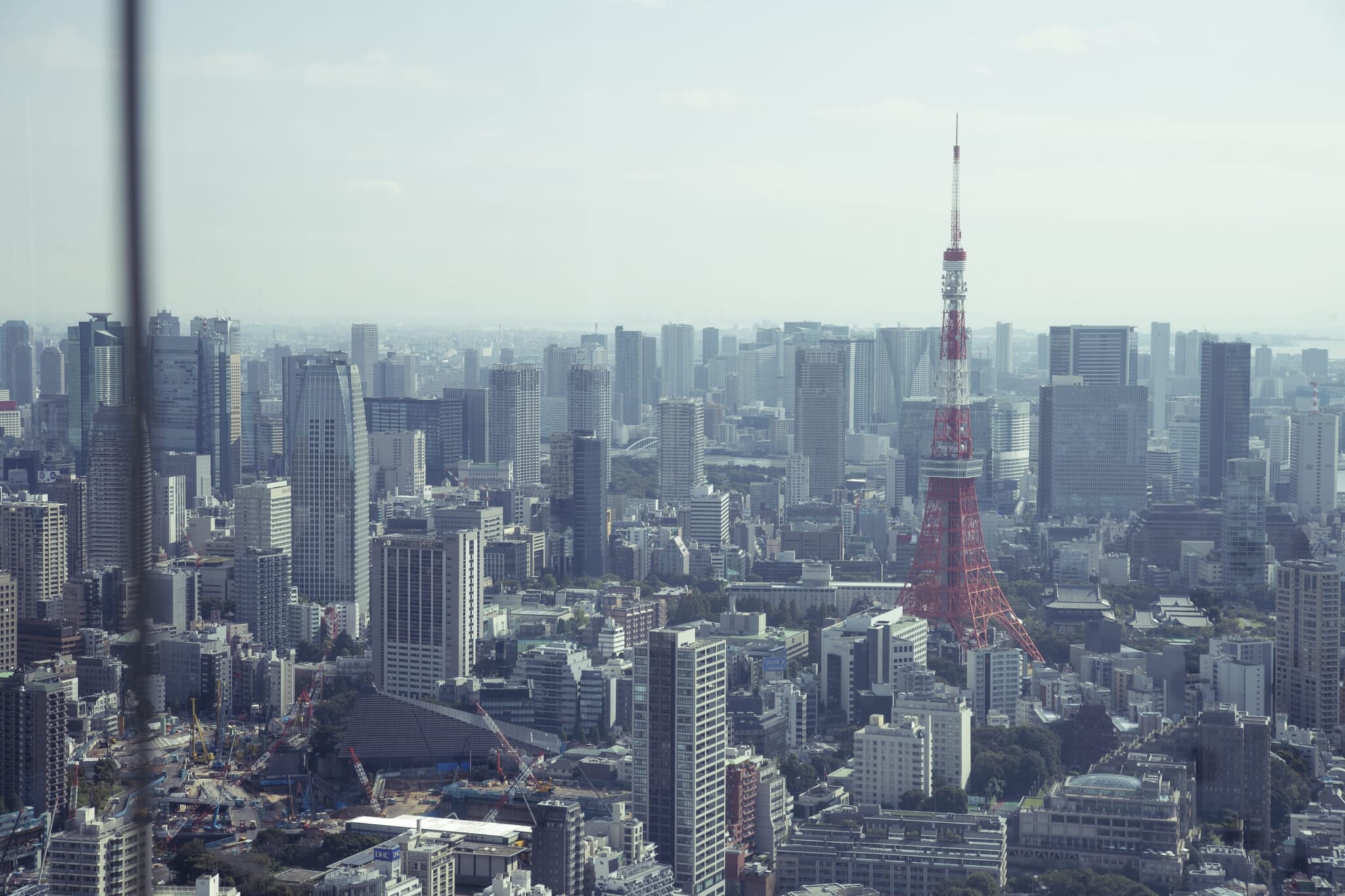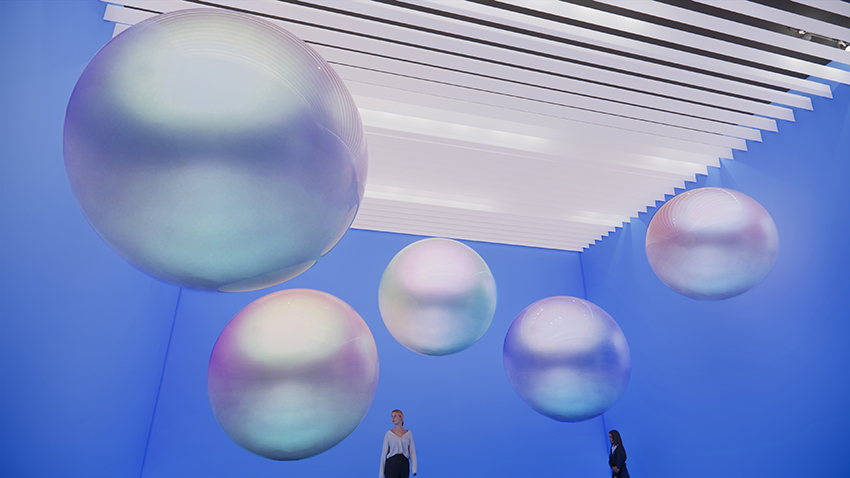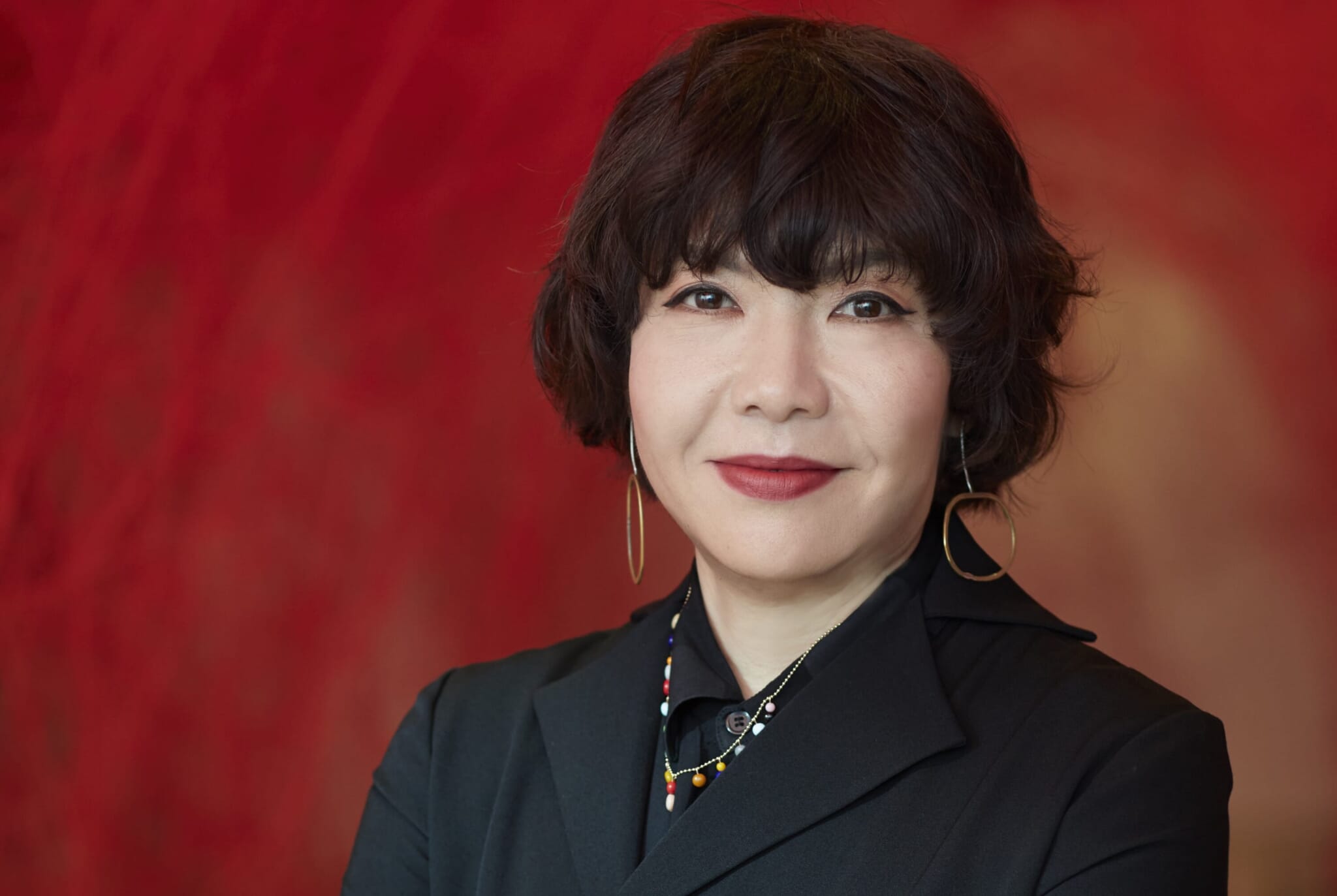Grab a ticket and head to the Mori Art Museum (MAM). Located on the 53rd floor of Roppongi Hills Mori Tower, the view over the vast Lego-like city below is like a piece of art in itself. And you haven’t even reached the exhibition space yet.
Since opening 20 years ago, MAM has introduced learning programs and pioneering exhibitions as well as delivering art to the Roppongi and Tokyo-wide community. It has worked as a magnet to attract other art galleries to the region, leading to the area’s status as a contemporary art hub. This has helped cement MAM’s place as one of the most influential contemporary art museums in Asia.
To celebrate the museum’s anniversary, we spoke to its director Mami Kataoka about 20 years of global trends and Asia’s rising influence.

Photo by Allan Abani, The view from Mori Art Museum
Sustainability Gets Real
The Mori Art Museum launched in October 2003. Since then, the world has seen a linguistic change from global warming to global heating. As with many similar institutions worldwide, MAM has become more conscious of its role when it comes to the topic of sustainability. Kataoka has subsequently attended several seminars and events across the world related to the subject.
Wherever you are, you’ll spot ecocritical shows year-round, such as the forthcoming exhibition “Our Ecology: Toward A Planetary Living” at the Mori Art Museum, following the lead of other institutions such as Tate Britain and the Barbican Centre in London, as well as the Museum of Contemporary Art and Design (MCAD) in Manila. As the years have passed, however, the focus has begun to shift from passive outlooks to the need for concrete action.
“I’m aware of the implications of holding large-scale exhibitions around the climate crisis,” Kataoka says, introducing the essay “Eco Exhibitions Won’t Save Us.” The essay in question laments the approach of exhibitions aiming to “engage” and “inform,” arguing that instead they should be instigating and promoting “action” and “intervention.”
It includes “Our Ecology: Toward a Planetary Living” as a culprit. Kataoka admits that the essay has a point, but lists the sustainable initiatives that the Mori Art Museum, and herself as its director, is part of.
“Roppongi Hills uses 100% renewable energy,” she tells us. “And we reused the parts of the display walls for this exhibition.”
“We’re members of CIMAM,” she adds. “We helped to launch the environmental pledge, which includes commitments like ensuring exhibitions run for a minimum of three months, and international exhibitions to be installed remotely, without artists and curators.

Our Ecology: Toward a Planetary Living Monira Al Qadiri “The Disturbance”
Asia on the Global Stage
“A big change over the past few years has been the place of Asia in the global art scene,” continues Kataoka. “When the Mori Art Museum was built, it was one of the only large-scale, contemporary art museums in Asia. In the past decade, the Seoul Pavilion of the National Museum of Contemporary Art in South Korea, the National Gallery Singapore and the M+ in Hong Kong have opened, contributing to the new, larger-scale Asian art scene.”
These institutions are not the only new developments in Asia. There are also art fairs such as the Singapore Biennale and Seoul Mediacity Biennale, attracting thousands of international visitors for each edition. In turn, Japan’s contributions to the Asian art scene includes Aichi Triennale and Setouchi Triennale.
“But we can do better,” says Kataoka, admitting that even though Japan has been gradually expanding its presence among the contemporary Asian art scene, the museum needs to expand its local network across Asia.
For its 20th anniversary year, it’s business as usual at MAM. Roppongi Art Night, the weekend art extravaganza organized annually went off spectacularly in May. The event, a collaboration between Roppongi businesses and art museums, introduces both locals and visitors to the diverse Japanese art scene.
Its recent exhibition, World Classroom, which hosted talks and symposiums to engage the community, ended successfully, with communities engaged via digital and in-person. It included tours, talks and workshops.
The final exhibition of 2023 is the aforementioned “Our Ecology: Toward a Planetary Living” ecocritical exhibition. It begins on October 18, the museum’s official anniversary, and runs until March 31, 2024.









